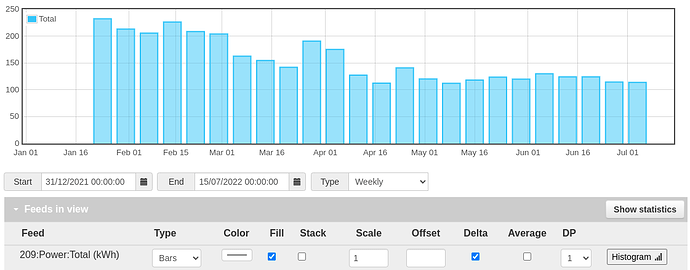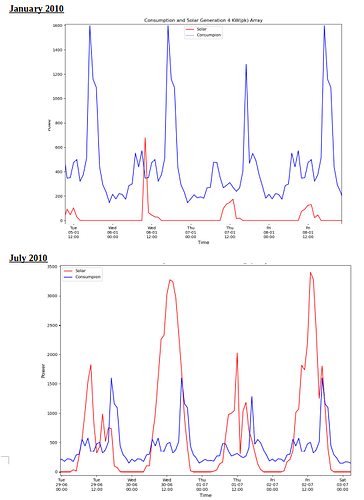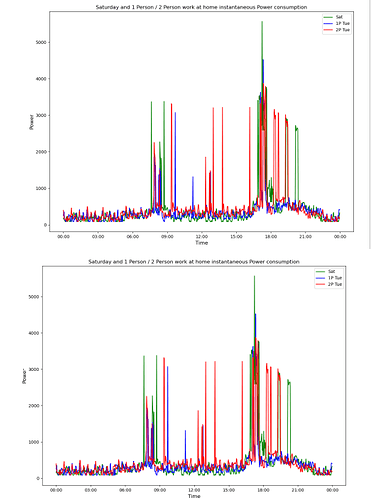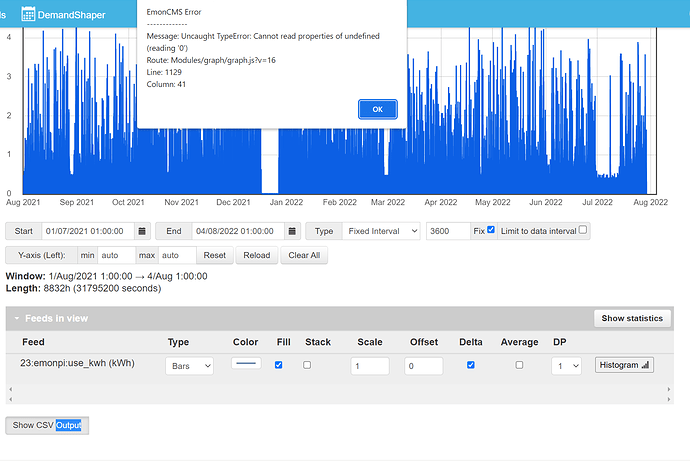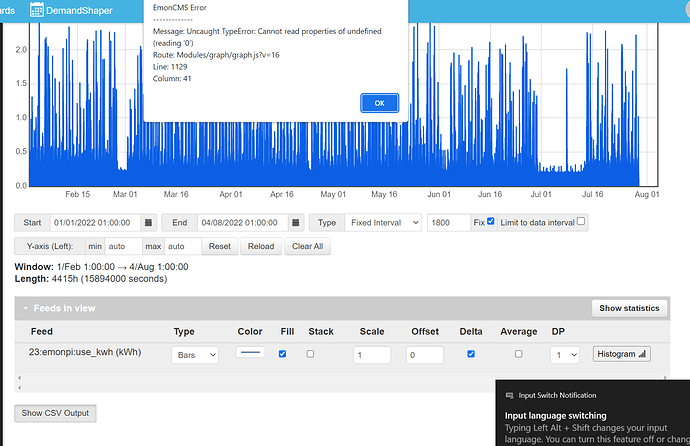For starters, knowing the average daily kWh consumption will give you a good baseline. That can be worked out from regular meter readings. If you have a cumulative feed then graphing it as bars with the ‘delta’ option will tell you want you need.
Click Show statistics button to see min/mean/max values.
If you’re able to split your consumption into different appliances (immersion, heat pump, EV, etc) then that can be more illuminating…
My weekly charts are quite even, with higher consumption in the winter due when the heat pump is in use. Switching to daily shows a little more variability, though broadly in the same ballpark as the average. There’s not much difference between weekday and weekend, as we’re in the house all the time.
Caveat: obviously every property and every household is different.
You can go further an look at your hourly consumption to see how it varies over 24 hours, but at the end of the day (ha ha) I only really care about the daily consumption. Be aware that depending how your hourly consumption is measured, there may be some inaccuracies due to how many decimals the feed has. [that dip at 7am is probably an anomaly]
Knowing how low the consumption is overnight can be useful as this is the “base load” of your property. If you can minimise this (turning off devices you’re not using, etc) can significantly reduce your overall consumption.
My recommendation for getting solar PV is to get as large a system as you can fit / afford. On sunny days you’ll likely generate more than you can use, but having lots of panels really helps on overcast days.
Oh, and definitely consider a battery. Again, as large as you can fit / afford. Ideally big enough to power the house through a dull day.
To estimate the potential solar power you might get at your location / orientation / roof angle, I recommend this tool: JRC Photovoltaic Geographical Information System (PVGIS) - European Commission
Once you do have PV, you can then start charting which source you’re consuming power from (or not):
[Charts shown from my own system for first 6 months of 2022, for a fully electrified property in the UK]
